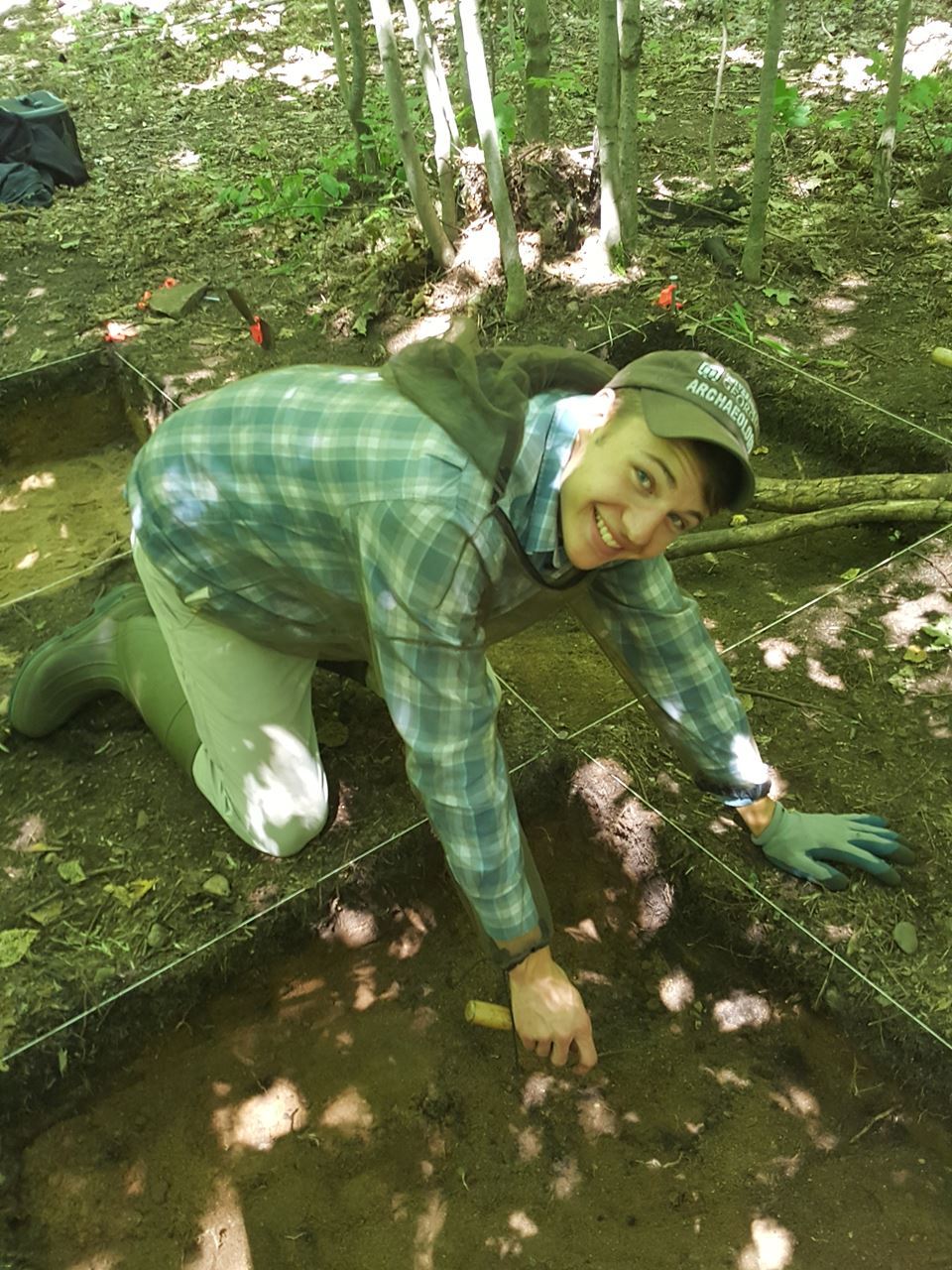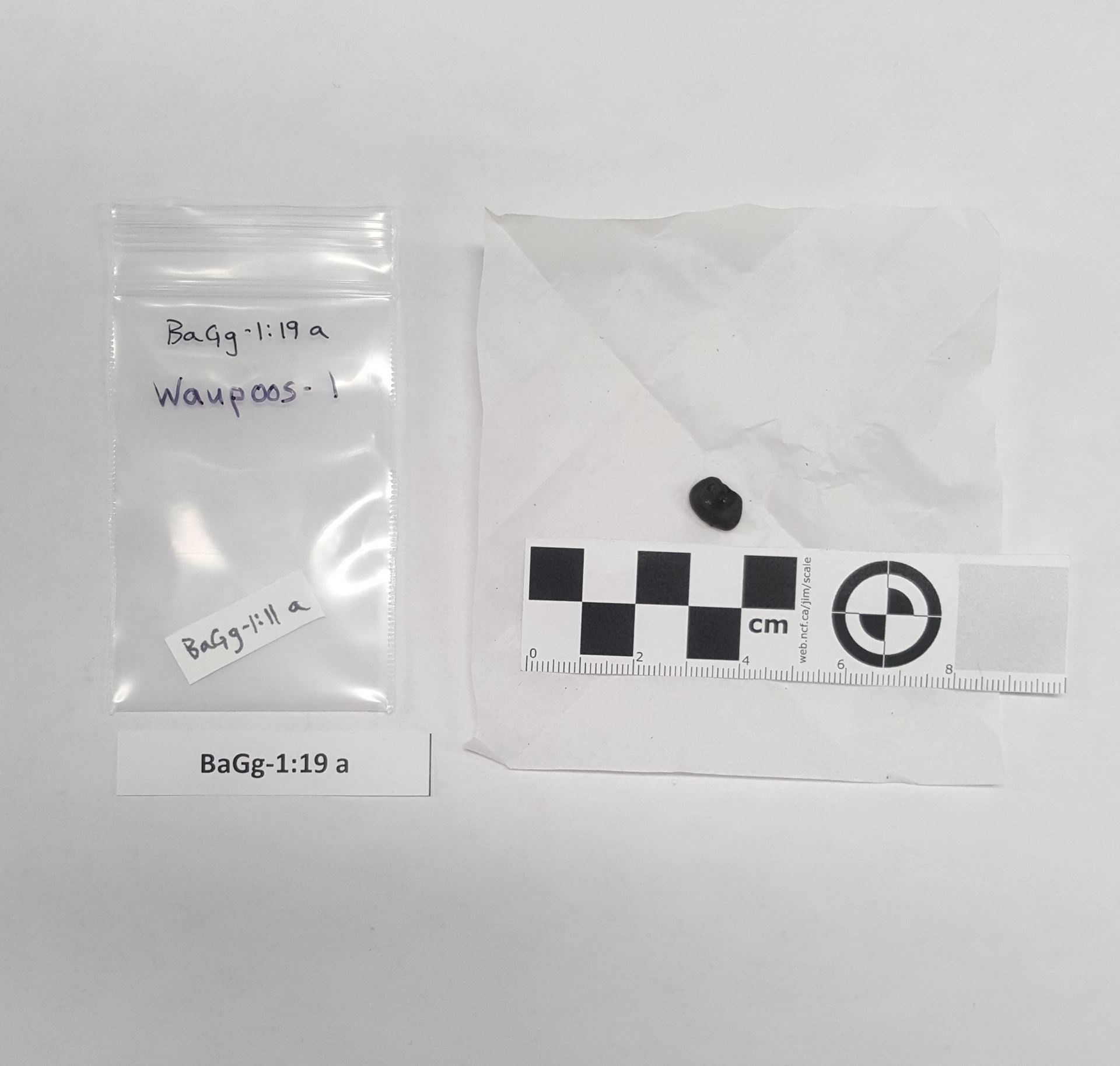Jonathan Micon - OAS Project Summary - Valerie Sonstenes Award

This past May I was graciously funded by the Ontario Archaeological Society’s Valerie Sonstenes Award to support my dissertation research on fifteenth and sixteenth century Iroquoian-speaking populations in Grenville County in southeastern Ontario. These groups were located in a geopolitical borderland between the nascent Wendat (Huron) and Haudenosaunee (Iroquois) confederacies and Lower St. Lawrence Iroquoians in the pivotal years prior to direct European contact (Hart et al. 2017). My research relies on chronological, demographic, and material data to investigate how these borderland Iroquoians navigated their central position amid multiple overlapping social networks and the impact, if any, this intermediary position had on their subsequent dispersal from Grenville County, Ontario in the sixteenth century.
At the center of my methods is a sub-regional chronology that will be developed using advanced AMS radiocarbon dating and Bayesian statistical techniques. This chronology will allow me to reconstruct the timing and tempo of interactions between Grenville County Iroquoian groups and their neighbors in south-central Ontario, central New York, and southern Quebec. It will also help me better understand the movement of people into and out of Grenville County, Ontario in the fifteenth and sixteenth centuries during a complex period of heightened conflict and migration.
Funds from the Valerie Sonstenes Award were used to help build this chronology by collecting three AMS radiocarbon dates on carbonized maize kernels from the Waupoos site (BaGg-1) located in Prince Edward County (PEC), Ontario directly west of Grenville County. All samples were processed through the radiocarbon dating laboratory at the UGA Center for Applied Isotopic Studies. Waupoos is part of a settlement cluster in PEC that includes the Lite (BbGi-1), Waupoos (BaGg-1), Hiller (AlGi-1), and Payne (AlGh-2) sites. James Pendergast, the archaeologist who excavated Waupoos and other PEC sites in the mid-twentieth century (Pendergast 1964), noted that sites in this cluster contained significant quantities of both Wendat and St. Lawrence-type materials and that the relationship between PEC sites and their neighbors was uncertain. There is now an ongoing debate among archaeological practitioners (Birch and Abel, personal communications 2018) regarding whether this mixture of cultural material reflects the migration of PEC groups into the Upper St. Lawrence Valley or vice-versa. Current age-estimates for one of the PEC sites - the Lite site - suggests that it pre-dates sites in Grenville County, however more data is needed to confirm this.
The three dates retrieved from the Waupoos site produced a result different from that of the Lite site (these data are as yet unpublished). The age-estimates for Waupoos post-date those recovered from Lite and other sites in Grenville County. This suggests that the settlement cluster in PEC may be more complex than previously thought. As this research develops, it promises to yield news understandings about the position of Iroquoians in Prince Edward and Grenville Counties, particularly with respect to the interregional networks connecting Ontario and St. Lawrence Iroquoian communities and the dispersal of Iroquoians from Grenville County in the sixteenth century.

Future investigations will be directed toward acquiring dates from other PEC sites as well as those in other parts of southeastern Ontario to determine if the temporal trends observed at Lite and Waupoos continue to persist. Updated sub-regional chronologies for Waupoos and other PEC sites will feed into a new-NSF funded, regional AMS chronology being developed by my advisor, Dr. Jennifer Birch, and collaborators in Ontario and New York State, as well as a new sub-regional chronology developed by Dr. Timothy Abel for upper St. Lawrence Iroquoian sites located south of Grenville County, Ontario in Jefferson and St. Lawrence Counties, New York.
References
Hart, John P., Jennifer Birch, and Christian Gates St.-Pierre
2017 Effects of population dispersal on regional signaling networks: An example from northern Iroquoia. Science Advances, 3:e1700497
Pendergast, James F.
1964 The Waupoos Site. Pennsylvania Archaeologist, 34(2):69-89.